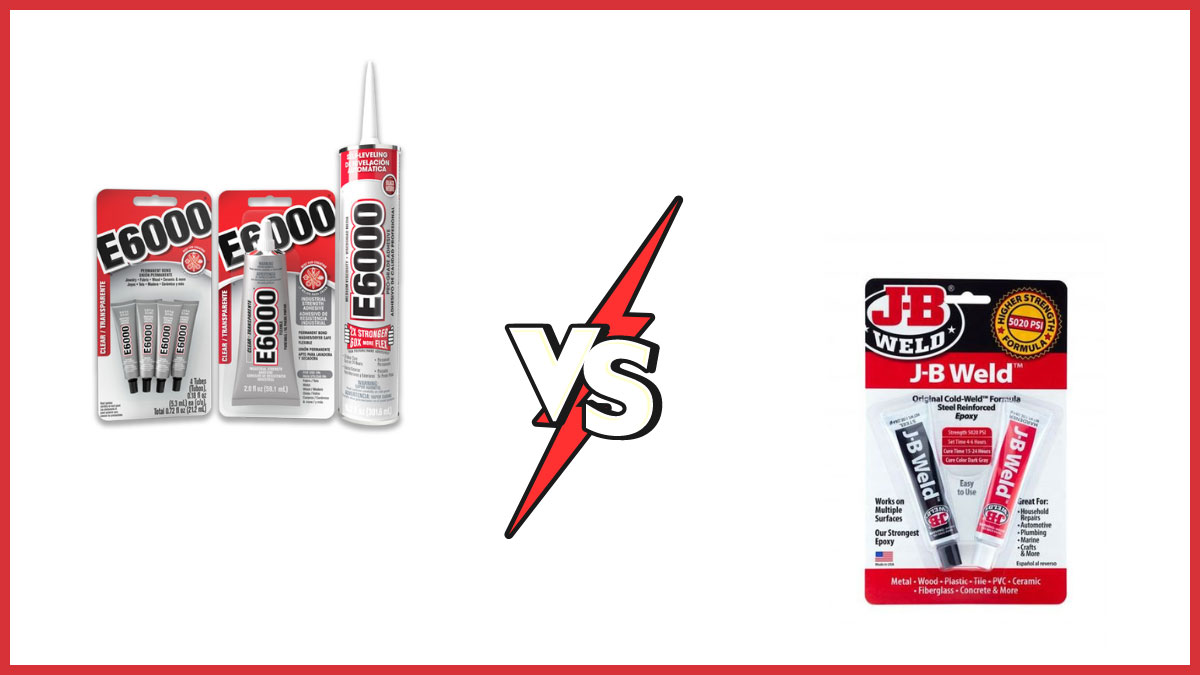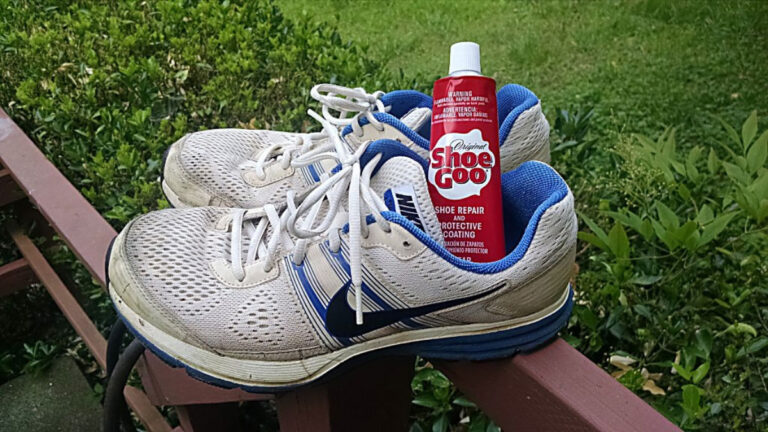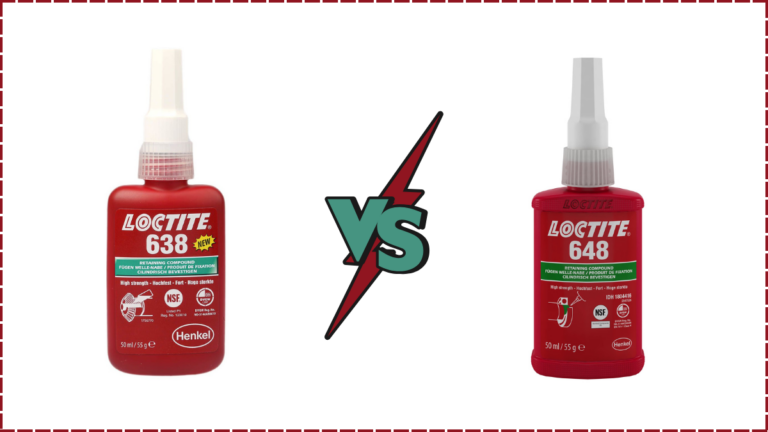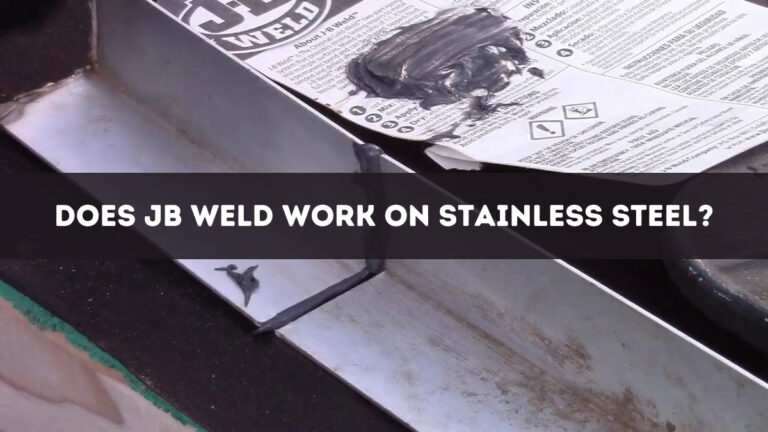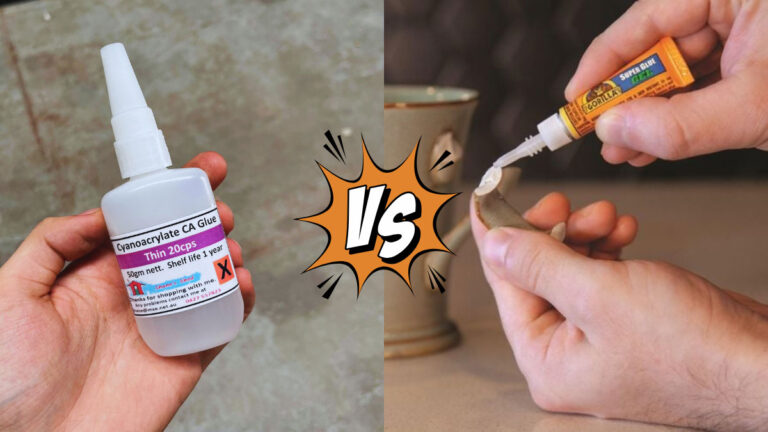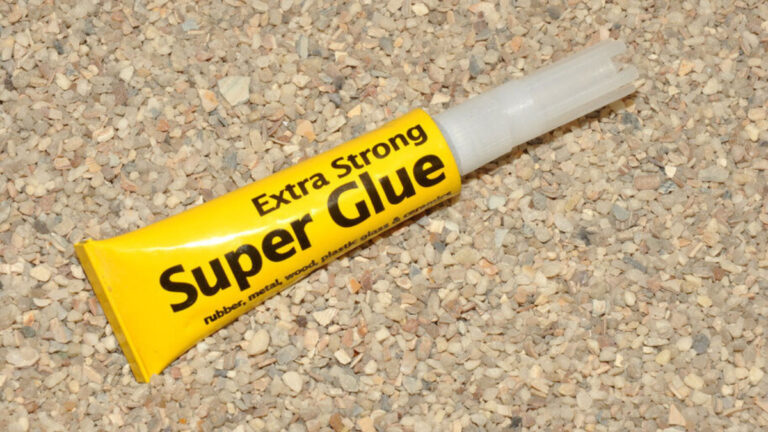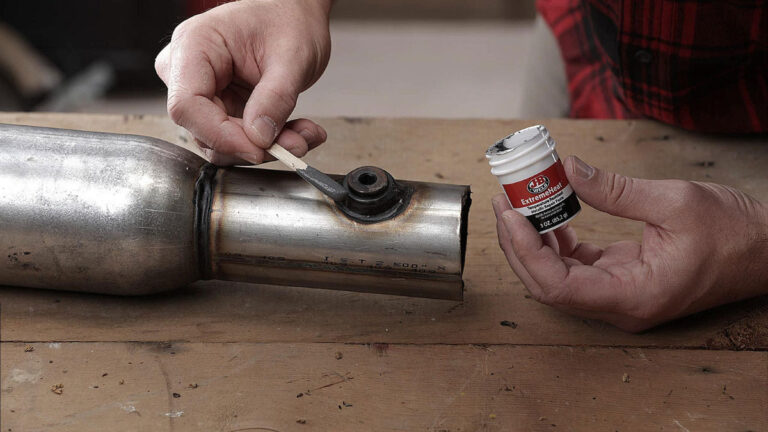E6000 vs JB Weld: Which Adhesive Is Best for Your DIY Projects?
When it comes to choosing the right adhesive for your DIY projects, the decision often boils down to E6000 vs. JB Weld. Both options boast strong bonding capabilities, but each has unique properties that make it suitable for different applications. Whether you’re fixing a broken piece of jewelry or repairing a cracked engine block, knowing which adhesive to use can save you time and ensure a lasting fix.
In this text, you’ll discover the key differences between E6000 and JB Weld, helping you make an informed choice. We’ll investigate into their strengths, weaknesses, and ideal uses, so you can tackle your next project with confidence.
Key Takeaways
- Adhesive Types and Properties: E6000 is a flexible, industrial-strength adhesive ideal for crafts and jewelry. JB Weld is a robust, two-part epoxy known for its high tensile strength and durability.
- E6000 is a flexible, industrial-strength adhesive ideal for crafts and jewelry.
- JB Weld is a robust, two-part epoxy known for its high tensile strength and durability.
- Strength and Applications: JB Weld offers a higher tensile strength of 3960 PSI, suitable for heavy-duty repairs in automotive and plumbing sectors. E6000 provides flexibility and impact resistance, making it perfect for crafting, jewelry, and light metal repairs.
- JB Weld offers a higher tensile strength of 3960 PSI, suitable for heavy-duty repairs in automotive and plumbing sectors.
- E6000 provides flexibility and impact resistance, making it perfect for crafting, jewelry, and light metal repairs.
- Cure Times: JB Weld sets in 4-6 hours and reaches full cure within 15-24 hours, favoring quick, durable repairs. E6000 requires up to 72 hours to fully cure but offers a versatile, flexible bond for various projects.
- JB Weld sets in 4-6 hours and reaches full cure within 15-24 hours, favoring quick, durable repairs.
- E6000 requires up to 72 hours to fully cure but offers a versatile, flexible bond for various projects.
- Material Compatibility: JB Weld is effective on metal, glass, ceramic, porcelain, wood, and certain plastics. E6000 excels with fabrics, leather, wood, fiberglass, and several other materials.
- JB Weld is effective on metal, glass, ceramic, porcelain, wood, and certain plastics.
- E6000 excels with fabrics, leather, wood, fiberglass, and several other materials.
- Pricing and Availability: E6000 is more budget-friendly, priced between $3 and $5. JB Weld is pricier at around $8.25, reflecting its superior bonding strength.
- E6000 is more budget-friendly, priced between $3 and $5.
- JB Weld is pricier at around $8.25, reflecting its superior bonding strength.
- Use Cases: Choose E6000 for flexible, impact-resistant projects like crafts and costume design. Opt for JB Weld for demanding, high-stress repairs in automotive, plumbing, and metal fabrication tasks.
- Choose E6000 for flexible, impact-resistant projects like crafts and costume design.
- Opt for JB Weld for demanding, high-stress repairs in automotive, plumbing, and metal fabrication tasks.
Overview Of E6000 And JB Weld
E6000 and JB Weld are popular adhesives, each offering unique properties suited for different applications.
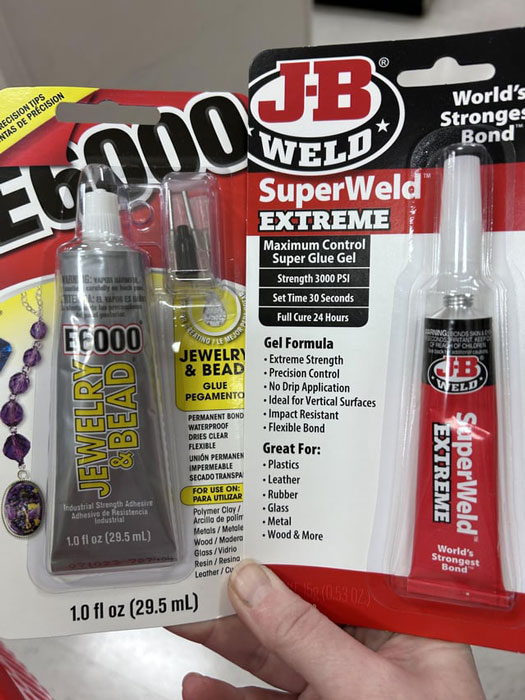
E6000
- Type: A flexible, industrial-strength adhesive ideal for crafts and jewelry.
- Properties:
- Flexibility: It cures to a rubber-like consistency, making it impact-resistant.
- Surface Compatibility: Effective on leather, wood, fiberglass, and several other materials.
- Cure Time: Requires around 72 hours to reach full strength.
- Affordability: More budget-friendly compared to JB Weld.
- Uses: Best for applications needing flexibility, such as crafting and jewelry making.
- Type: A two-part epoxy adhesive known for its robustness and durability.
- Properties:
- Strength: Offers a high-strength bond suitable for heavy-duty repairs.
- Temperature Resistance: Withstands extreme temperatures once fully cured.
- Surface Compatibility: Bonds well with metals, ceramics, wood, and certain plastics.
- Cure Time: Takes approximately 4-6 hours to set and 15-24 hours to reach full cure.
- Uses: Ideal for applications demanding a strong, durable bond, such as automotive or plumbing repairs.
Strength Comparison
When evaluating the strength of E6000 and JB Weld, major distinctions emerge that influence their applications.
Tensile Strength
- JB Weld: With a tensile strength of 3960 PSI, JB Weld stands out for its remarkable strength. This epoxy’s high tensile rating makes it one of the strongest adhesives available, often matching the strength of a weld. It’s commonly termed “The Original Cold Weld” due to this characteristic.
- E6000: E6000, while strong, doesn’t match JB Weld in tensile strength. It offers flexibility and durability, making it useful for various industrial applications. But, it’s not designed for tasks requiring maximum tensile strength.
Bonding Capabilities
- JB Weld: JB Weld’s two-part epoxy formula bonds a wide range of materials, including metal, glass, ceramic, porcelain, wood, and fiberglass. This adhesive thrives in high-temperature environments, making it ideal for heavy-duty repairs in automotive and plumbing sectors.
- E6000: E6000 excels with materials like leather, wood, fiberglass, and fabric. It’s versatile, offering a strong bond that remains flexible even after curing. This makes it suitable for crafts, jewelry, and projects where impact resistance is crucial.
| Property | JB Weld | E6000 |
|---|---|---|
| Tensile Strength | 3960 PSI | Lower than JB Weld, not specified |
| Material Bonding | Metal, glass, ceramic, porcelain, wood, fiberglass, more | Leather, wood, fiberglass, fabric |
| Temperature | Capable in high-temperature environments | Not specified for high-temperature environments |
| Cure Time | Sets in 4-6 hours, full cure in 15-24 hours | Requires 72 hours to reach full strength |
| Flexibility | Rigid once cured | Remains flexible, cures to a rubber-like consistency |
| Applications | Heavy-duty repairs, automotive, plumbing | Crafts, jewelry, impact-resistant applications |
Understanding these differences helps in choosing the right adhesive based on the project requirements. If you need a strong, durable bond for metal or high-stress environments, JB Weld is the preferred option. For projects needing flexibility and impact resistance, E6000 is a better fit.
Uses And Applications
Understanding the specific uses and applications of E6000 and JB Weld helps you make informed decisions for your projects. Each adhesive has unique properties that cater to different materials and requirements.
For Fabric
-
E6000:
- Flexibility: E6000 provides a flexible bond, making it ideal for fabrics.
- Materials: Works well with leather, denim, canvas, and felt.
- Craft Applications: Popular for crafting, jewelry making, and costume design.
-
JB Weld:
- Strength: While JB Weld can bond fabric, it may lack flexibility.
- Durability: Offers a strong, durable bond for fabric but best for projects needing rigidity.
For Metal
-
E6000:
- Versatility: Suitable for metal but not for heavy-duty applications.
- Bonding: Provides a flexible bond that can handle some stress.
- Ideal Uses: Best for light metal repairs where flexibility matters.
-
JB Weld:
- Strength: Known for its strong metal-to-metal bonding capability.
- Tensile Strength: Offers a tensile strength of 3960 PSI.
- Applications: Ideal for automotive repairs, plumbing, and metal fabrication.
For Plastic
-
E6000:
- Compatibility: Works on various plastics, including PVC, polycarbonate, and acrylic.
- Adhesion: Provides strong adhesion and remains flexible.
- Craft and DIY Projects: Suitable for plastic repairs in DIY crafts and household projects.
-
JB Weld:
- Strength: Bonds certain types of plastics but less effective on flexible or softer plastics.
- Limitations: Not recommended for polyethylene or polypropylene.
- Industrial Use: Best for rigid plastic repairs requiring a strong bond.
Comparison Table
To provide a clear overview, here’s a detailed table comparing E6000 and JB Weld based on their uses and bonding capabilities:
| Criteria | E6000 | JB Weld |
|---|---|---|
| Flexibility | High | Low |
| Tensile Strength | Not specified | 3960 PSI |
| Fabric Use | Effective, flexible | Effective, rigid |
| Metal Bonding | Moderate strength, flexible | Very strong, durable |
| Plastic Bonding | Good with various plastics, flexible | Strong with rigid plastics |
| Drying Time | 24-72 hours full cure | 4-6 hours set, 15-24 hours full cure |
Understanding these characteristics ensures you select the right adhesive for your specific needs, whether working with fabric, metal, or plastic.
Pricing And Availability
When choosing between E6000 and JB Weld for your projects, it’s essential to consider their pricing and availability to determine which fits your budget and needs.
E6000 Pricing
- Price Range: Approximately $3 to $5
- Affordability: This makes E6000 a more budget-friendly option.
JB Weld Pricing
- Price: Around $8.25
- Cost Factor: JB Weld is pricier, reflecting its superior strength and versatility.
Availability
Both E6000 and JB Weld adhesives are readily available.
- Retail Locations: These products can be found in hardware stores, home improvement outlets, and online marketplaces.
- Supplier Variance: Prices may vary depending on the retailer and geographic location.
Key Differences
- E6000: Ideal for industrial applications, works on leather, affordable.
- JB Weld: Known for high strength, perfect for repairs and DIY projects, bonds a wide range of materials including metal, glass, and fabric.
| Adhesive | Price Range | Key Uses | Availability |
|---|---|---|---|
| E6000 | $3 – $5 | Industrial, crafts, fabrics, light metal repairs | Widely available in stores and online |
| JB Weld | $8.25 | Heavy-duty repairs, metal-to-metal bonding, high-stress applications | Widely available in stores and online |
Considering these factors can help you choose the right adhesive based on your project’s specific requirements and budget constraints.
Cure Time And Instructions
E6000 Adhesive
- Cure Time: E6000 becomes tacky in around 2 minutes, begins setting in approximately 10 minutes, and achieves a full cure between 24 and 72 hours.
- Instructions:
- Surface Preparation: Ensure the surface is clean, dry, and free of dirt. Lightly roughen the surface for best results.
- Application: Apply the adhesive directly to the surfaces needing bonding or repair. Allow 24 hours for initial curing, achieving maximum bond strength in up to 72 hours.
- Temperature: Ideal application temperature ranges from 50 to 90 °F (10 to 32 °C). Once fully cured, E6000 can withstand temperatures between -40 to 180 °F (-40 to 82 °C) intermittently.
- Cleaning: Use acetone or citrus-based solvents to clean uncured adhesive.
JB Weld Adhesive
- Cure Time: JB Weld sets within 4-6 hours and reaches its full strength in 15-24 hours.
- Instructions:
- Surface Preparation: Clean and dry the surfaces to be bonded.
- Application: Mix equal parts of the two components, then apply to the surfaces. Allow 4-6 hours for the adhesive to set, achieving full strength in 15-24 hours.
- Temperature: Apply at room temperature for optimal results. JB Weld withstands extreme conditions once fully cured.
| Feature | E6000 | JB Weld |
|---|---|---|
| Initial Tack Time | Approximately 2 minutes | Not applicable |
| Setting Time | About 10 minutes | 4-6 hours |
| Full Cure Time | 24 to 72 hours | 15-24 hours |
| Ideal Application Temperature | 50 to 90 °F (10 to 32 °C) | Room temperature |
| Temperature Range | -40 to 180 °F (-40 to 82 °C) | Extreme conditions |
E6000 offers a flexible cure time, making it versatile for various crafting and light-duty repairs, with a maximum bond in up to 72 hours. JB Weld, known for its durable bond, sets in 4-6 hours and fully cures within a day, suitable for heavy-duty applications requiring high strength.
Key Differences
Application and Use
E6000: E6000 is great for industrial applications, crafts, and DIY projects. It’s particularly effective for fabrics, leather, wood hulls, and fiberglass. Use E6000 for projects needing a flexible bond and impact resistance. For example, it excels in costume design and jewelry making.
JB Weld: JB Weld is ideal for repair jobs on metal, glass, ceramic, porcelain, wood, fiberglass, paper, concrete, marble, PVC, ABS, and fabric. Known for its high strength and ability to withstand high temperatures, use JB Weld for tasks requiring a robust, durable bond. It’s often utilized in automotive and plumbing repairs.
Strength and Durability
E6000: E6000, while industrial-strength, isn’t as strong as JB Weld. It has a rubber-like consistency when cured, providing flexibility. It’s perfect for projects needing a bond that can withstand movement or impact, such as crafts or light metal repairs.
JB Weld: JB Weld boasts a tensile strength of 3960 PSI, making it one of the strongest adhesives. Called “The Original Cold Weld,” JB Weld can bond materials almost as effectively as torch welding. It’s excellent for heavy-duty repairs where strength and durability are paramount.
Curing Time
E6000: E6000 takes longer to dry, with full strength reached in about 72 hours. It becomes tacky in approximately 2 minutes and begins setting within 10 minutes, so patience is required for projects needing immediate strength.
JB Weld: JB Weld sets in around 4-6 hours, reaching full cure within 15-24 hours. This faster curing time can be advantageous for quick repairs needing a strong bond.
Comparison Table
| E6000 | JB Weld | |
|---|---|---|
| Ideal For | Fabrics, leather, wood, fiberglass | Metal, glass, ceramic, porcelain, wood, fiberglass, paper, concrete, marble, PVC, ABS, fabric |
| Consistency | Rubber-like | Solid, durable bond |
| Tensile Strength | Flexible but less strong | 3960 PSI |
| Curing Time | 72 hours | 15-24 hours |
| Uses | Crafts, DIY projects, light metal repairs | Heavy-duty repairs in high-stress environments |
- E6000: Best for projects needing flexibility and impact resistance, such as crafts and light metal repairs.
- JB Weld: Preferred for heavy-duty repairs requiring a strong and durable bond, particularly in high-stress environments.
Choosing the right adhesive depends on your project requirements, whether it’s fabric and impact resistance with E6000 or strength and durability with JB Weld.
Conclusion
Choosing between E6000 and JB Weld eventually depends on the specific needs of your project. If you require flexibility and impact resistance, E6000 is your go-to adhesive. It’s perfect for crafts, jewelry, and projects involving materials like leather and wood. On the other hand, if you need a strong, durable bond for heavy-duty repairs, JB Weld is the better option. Its high tensile strength and ability to withstand extreme temperatures make it ideal for automotive and plumbing repairs.
Both adhesives are widely available and reasonably priced, ensuring you can find them easily whether you’re shopping online or at your local hardware store. By understanding the unique properties and applications of each adhesive, you can confidently select the right one to meet your DIY needs.
Frequently Asked Questions
Which is stronger, JB Weld or E6000?
JB Weld is stronger than E6000, offering superior tensile strength (3960 PSI) and better high-temperature resistance. E6000 excels in flexibility and impact resistance, making it suitable for applications requiring a rubber-like consistency.
How long does E6000 take to cure?
E6000 starts to get tacky within 2 minutes and begins setting after about 10 minutes. A full cure takes 24-72 hours, depending on temperature and humidity conditions.
Is E6000 waterproof?
Yes, E6000 is waterproof once fully cured, making it ideal for outdoor and marine applications where exposure to moisture is a concern.
Can JB Weld be used on plastic?
Yes, JB Weld can be used on certain types of plastics; however, it works best on rigid plastics and provides a strong bond. Flexibility may be limited compared to E6000.
What is E6000 best used for?
E6000 is ideal for applications requiring flexibility and impact resistance, such as crafts, jewelry, costume design, and light metal repairs. It bonds well with materials like leather, wood, and fiberglass.
How long does JB Weld take to set?
JB Weld sets in about 4-6 hours and reaches full cure in 15-24 hours. Equal parts of the resin and hardener need to be mixed before application.
Is JB Weld heat resistant?
Yes, JB Weld can withstand extreme temperatures, making it suitable for high-stress environments like automotive and plumbing repairs where heat resistance is crucial.
What surfaces should be avoided with E6000?
E6000 should not be used on materials such as Styrofoam, polyethylene, or polypropylene, as it may not adhere properly or can damage the surfaces.
How much does JB Weld cost?
JB Weld is priced around $8.25, reflecting its superior strength and durability, especially suitable for heavy-duty repairs.
Can I use E6000 for metal-to-metal bonding?
While E6000 can be used for light metal repairs, JB Weld is a better choice for metal-to-metal bonding due to its higher tensile strength and durability.

